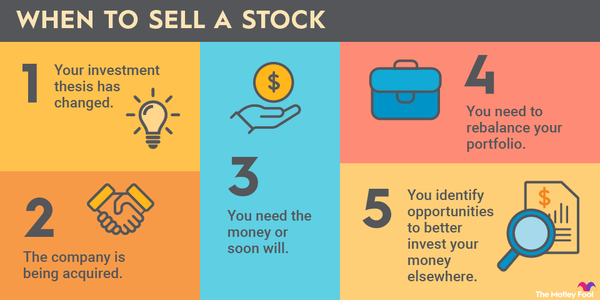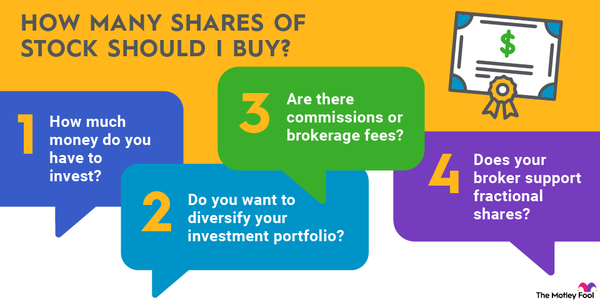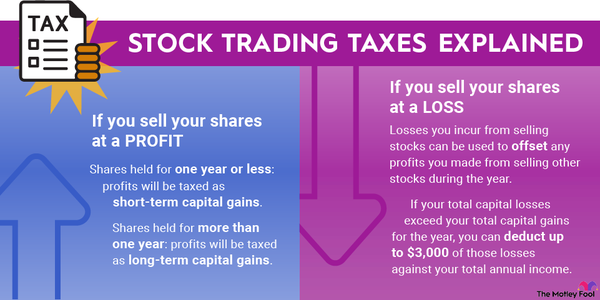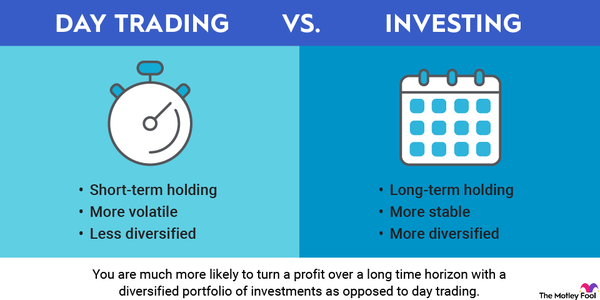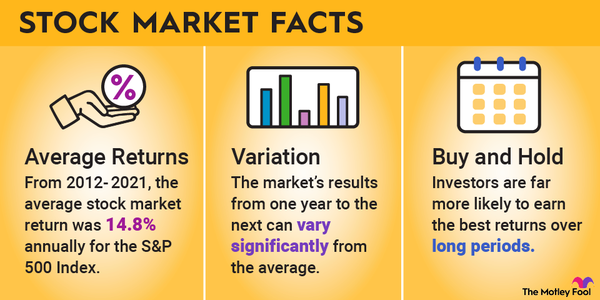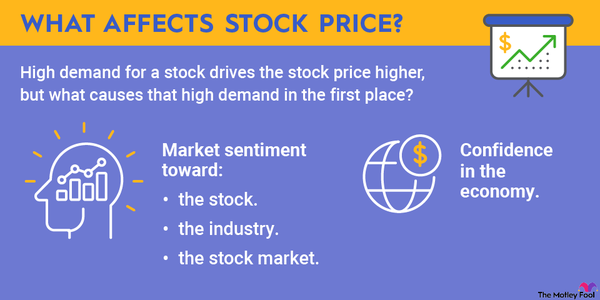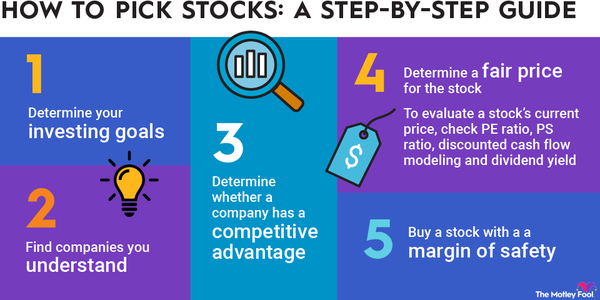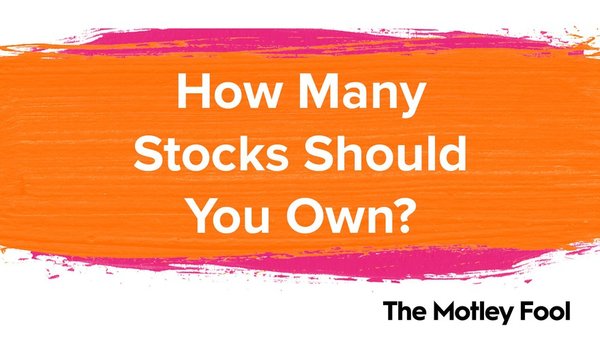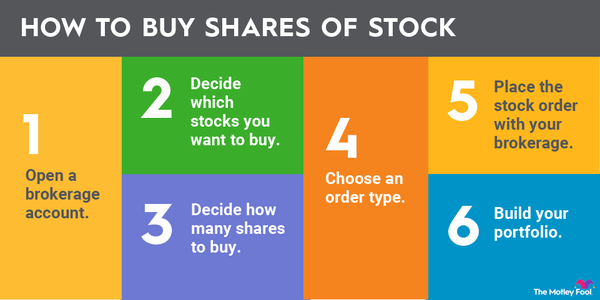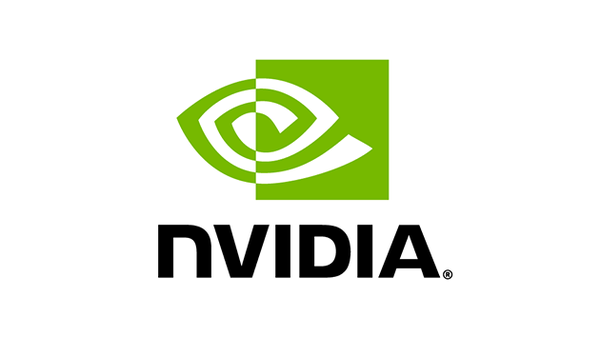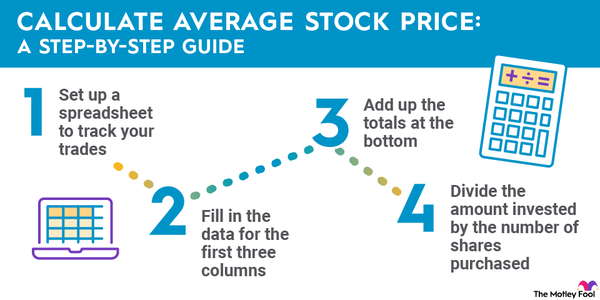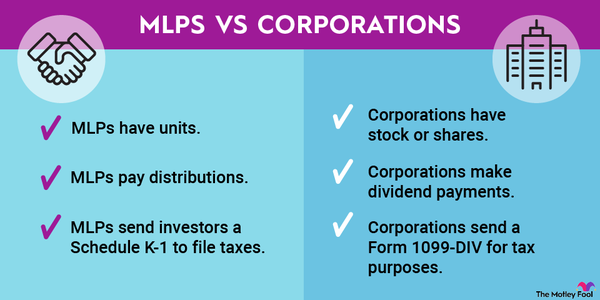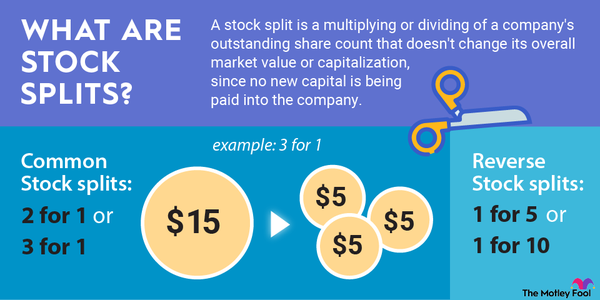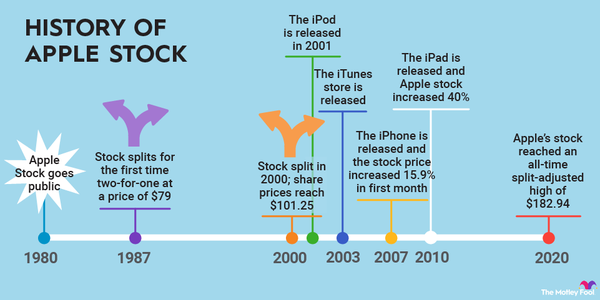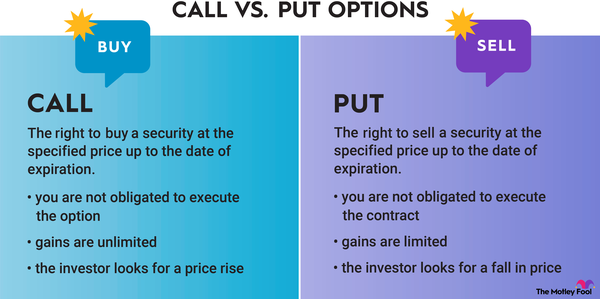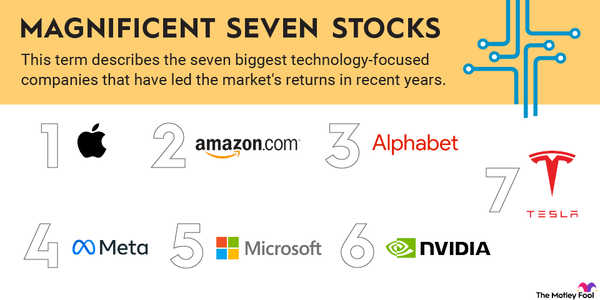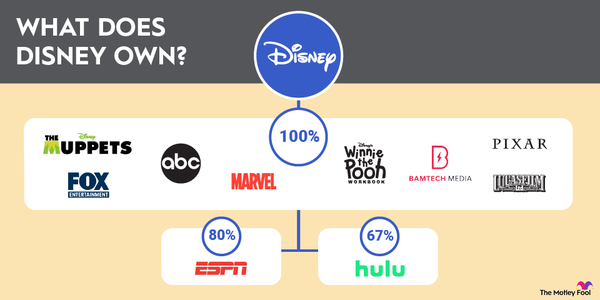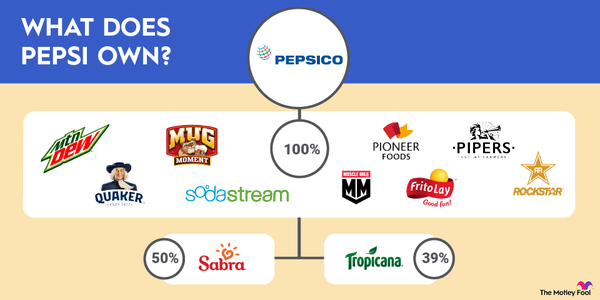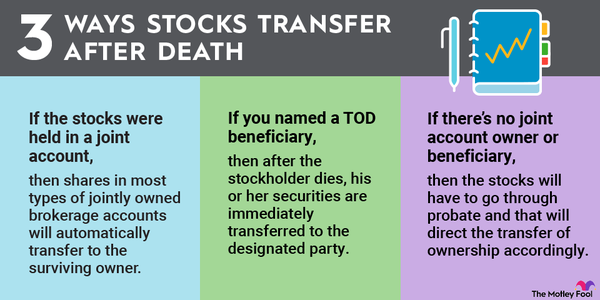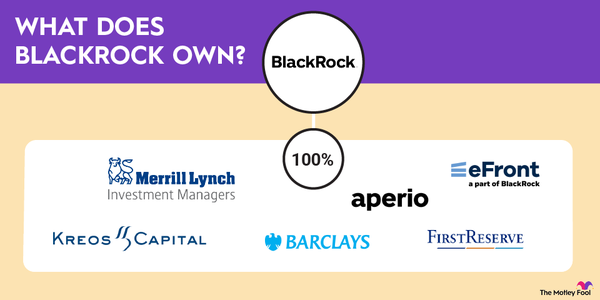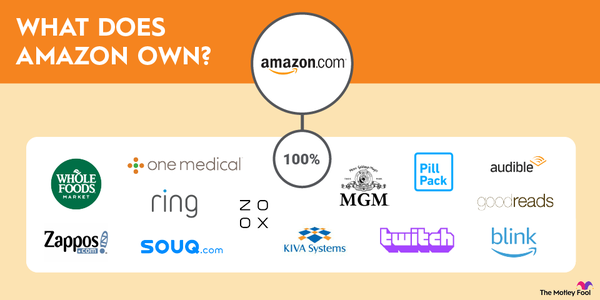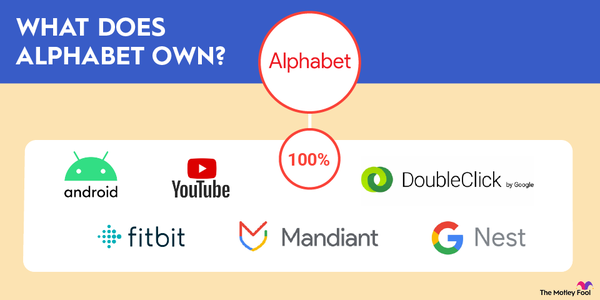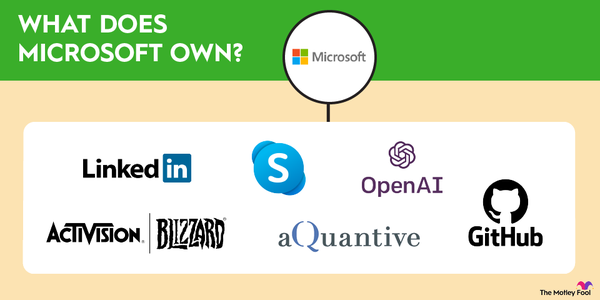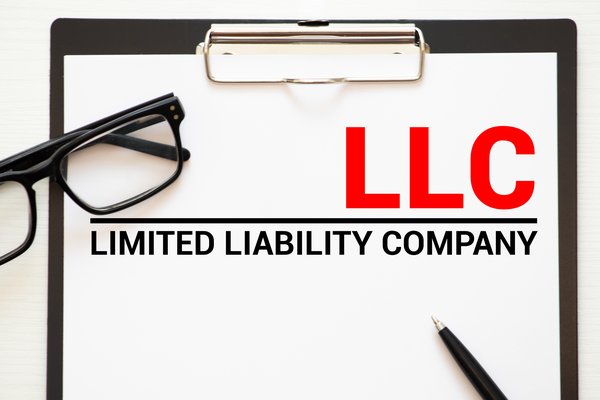Zoom Video Communications (ZM 1.84%) was founded in 2011 by Eric Yuan, a former engineer and corporate vice president at Cisco Systems (CSCO 1.54%). In spring of 2011, Yuan decided to leave Cisco and launch a new company called Saasbee, Inc. with 40 other engineers.
Early on in its business journey, the company raised $3 million in seed money from venture capitalists and various company leaders, including the founder of WebEx. In the spring of 2012, the company relaunched as Zoom, and by September of that year, it had introduced a beta version of its software that could host conferences with as many as 15 participants. In 2013, Zoom officially released Zoom Meetings to the public after raising $6 million in a Series A round of funding.
The first version of Zoom Meetings allowed up to 25 participants per conference. By the end of Zoom's first month in business, it already had close to half a million users; a few months later, that figure was up to 1 million users. By September 2013, Zoom raised a Series B round of funding to the tune of $6.5 million and had 3 million daily participants using its meeting software.
Zoom hit multiple major goalposts for the business in 2015. It introduced breakout rooms in Zoom Meetings, welcomed its 100th employee to the business, raised $30 million in Series C funding from investors, and hit the 40 million-user mark with 65,000 organizations using its software.
In 2017, Zoom hit a $1 billion valuation after raising $100 million in Series D funding from Sequoia Capital. It also hosted its first annual user conference (Zoomtopia) in 2017 and launched its telehealth platform. In these years, the company rapidly integrated its solutions with those of existing software providers and tech names such as Salesforce (CRM 2.21%), Slack (now owned by Salesforce), Microsoft (MSFT -0.1%), Meta Platforms (META -1.73%) and Alphabet (GOOGL 1.54%)(GOOG 1.72%).
In 2018, the company launched Zoom Phone and Zoom Marketplace. Zoom made its debut in the public markets in April 2019 and began trading on the Nasdaq exchange under the ticker ZM.
That same year, Zoom also turned its first profit. While there were plenty of early investors in Zoom, many first started paying attention when witnessing its explosive streak of growth with the onset of the COVID-19 pandemic. Zoom was the fifth-most-downloaded app in 2020 and experienced 30x growth in daily meeting participants between December 2019 and April 2020.
The pandemic also marked Zoom's first foray into selling hardware products, with offerings like Zoom Rooms and Zoom Phone becoming available to customers who could pay a monthly subscription for hardware and accompanying services.
In 2021, Zoom Phone recorded 1 million licenses. The telecom product was available in more than 40 countries, with this product expanding to 4 million seats globally in 2022.
Zoom launched its artificial intelligence (AI)-powered assistant Zoom AI companion in 2023, and a new AI-powered collaboration platform called Zoom Workplace in 2024. Zoom has been faced with headwinds as growth has normalized in recent years from pandemic heights, and it announced it was slashing its workforce by 15% in 2023 an an effort to manage costs.
While the business may not witness pandemic-level growth again, and over a decade into operation is arguably a more mature company at this point, the stock could still make an attractive addition for some investors with a well-diversified portfolio. If you want to know the ins and outs of how to invest in Zoom stock, whether or not it's currently profitable, and how the business is doing, keep on reading.
Stock
How to invest
How to buy Zoom Video Communications stock
If you want to buy Zoom stock, you can easily add shares to your portfolio. First, you need to have a brokerage account open and ready to go. If you haven't yet opened a brokerage account, gather personal information like your bank account details, Social Security number, and address, and you can open one up in just minutes.
Step 1: Open a brokerage account
Deciding which brokerage account you want to use is a decision that should revolve around your investing priorities, goals, and interests. Most brokerage firms will let you invest in a wide range of asset classes, including individual stocks, bonds, mutual funds, and more.
You should consider looking for brokers that offer perks like no or low minimum balance fees, fractional share investing, no or low commissions, plus minimal (if any) transaction fees. Most firms also give you various account options that you can open, ranging from a standard taxable brokerage account to tax-advantaged retirement accounts.
Some brokerages offer a more no-frills approach for investors, while others provide valuable resources such as trading support, customer education, stock analysis, and company research that can help with your investment journey. Also, consider whether you want an online-only brokerage firm or whether you'd like to open an account with a company that has a brick-and-mortar presence, like a bank.
Examples of popular brokerages that many investors like to use include Robinhood (HOOD 3.76%), Interactive Brokers (IBKR 1.23%), Charles Schwab (SCHW 0.94%), Fidelity, and E*TRADE, which is owned by Morgan Stanley (MS 2.44%).
Step 2: Figure out your budget
Once your brokerage account is up and running, you'll want to decide your budget for investing in Zoom stock. If you don't already allocate money to invest regularly, such as on a weekly or monthly basis, you should only use funds that you don't think you'll need in the next three to five years. You should also have aspects of your financial life, such as your savings and nest egg, shored up before you put additional cash to work in stocks.
Diversifying your investment portfolio is a key aspect of benefiting from numerous sources of growth through the years. Investing in 25 to 30 stocks across various industries and sectors is ultimately a great goal to have for your portfolio.
Step 3: Do your research
You should always do careful research on any stock before you put your hard-earned cash into it. Understanding the business, how it generates revenue and profits, where its prospects and risks lie, and its long-term growth runway are vital aspects of the research process.
You should also consider the company's total addressable market, the industry or industries it operates in, and its competitive advantages relative to other players in the same space. In developing your investment thesis, you should also determine factors that would make you decide to sell the stock.
Step 4: Place an order
Once you're ready to buy shares of Zoom stock, pull up your brokerage account and search for the ticker ZM. Most brokerages will let you input the exact number of shares you want into the order box or the dollar amount you want to buy. You can usually buy fractional shares, too, if you don't want to invest in whole shares of the stock.
Before you hit the buy button, you'll need to choose from various types of order options. Two of the most common are market orders and limit orders. A market order immediately executes the order at the stock price.
A limit order means that you specify the maximum price you're willing to pay for the stock, which may be very different than the current price. This means that the limit order many not execute for a while, if at all, so you will probably want to select a market order.
Should you invest?
Should I invest in Zoom Video Communications stock?
Whether or not you should invest in Zoom stock is ultimately a personal decision, but there are some factors you should weigh when deciding whether or not the company makes sense for your portfolio. Zoom isn't experiencing the level of growth it was in the early days of the pandemic, but it wasn't reasonable to expect that streak to continue indefinitely, either.
Even as Zoom's trajectory has normalized from the triple-digit growth figures it was reporting several years ago and investors have displayed more apathy towards the stock over the last couple of years, this is also a far more mature business than five or six years ago. Investors who want to put cash into the tech stock space can certainly still find a lot to like about this business, especially because it's still in strong financial shape and making steady investments in the world of artificial intelligence.
With over 13 years in business under its belt, Zoom is also much more than a software business, although Zoom Meetings remains a core part of the business and a market leader in videoconferencing solutions. Besides products like Zoom Phone and other workplace tools and solutions, its AI investments could drive meaningful growth for the business over the next five to 10 years.
New AI products include Zoom Virtual Agent, Zoom Revenue Accelerator, and Zoom AI Companion. Zoom Virtual Agent is a self-service chatbot that can handle a wide range of issues, including complex customer problems, and an AI virtual voice agent that enables self-service voice calls. The Zoom Revenue Accelerator uses machine learning algorithms to support better customer interactions, communication, and improve the performance of sales teams.
Meanwhile, the Zoom AI Companion does everything from providing meeting summaries and action items from in-person meetings to recommending what days employees should work from the office to what meeting rooms they should use based on workforce scheduling. In the company's earnings presentation for the second quarter of its fiscal 2025, management noted that while Zoom AI Companion had only been out 11 months at that point, it had already witnessed adoption across 1.2 million customer accounts.
Looking at the first half of the company's fiscal 2025, the company reported revenue of $2.3 billion, a 2.6% increase from the same time frame one year ago. Over the trailing 12 months, the company has brought in free cash flow and operating cash flow of around $1.9 billion. It ended the second quarter of its fiscal 2025 with 3,933 customers contributing more than $100,000 in trailing-12-month revenue, a 7% year-over-year increase, and approximately 191,600 enterprise customers.
Online average monthly churn was just 2.9%, and the percentage of online monthly recurring revenue from online customers with an ongoing term of service lasting at least 16 months was up from one year ago. This means that fewer customers are discontinuing their Zoom subscriptions, which are still the primary source of revenue for the business, while more customers are maintaining contracts with the company for prolonged durations.
Profitability
Is Zoom Video Communications profitable?
Yes, Zoom is profitable. Over the trailing 12 months, Zoom has reported net income of about $876 million on revenue of $4.6 billion. In the first half of Zoom's fiscal 2025, it generated net income of $435.3 million, up 121% from the first half of fiscal 2024.
Dividends
Does Zoom Video Communications pay a dividend?
Zoom does not pay a dividend, and management has not announced its intention to pay one at any point in the near future.
Exchange-Traded Fund (ETF)
ETFs
ETFs with exposure to Zoom Video Communications
If you don't want to buy whole shares of Zoom, you may decide to invest in the stock through an exchange-traded fund (ETF). Doing so will also give you the opportunity to invest in a wide range of other stocks contained in that fund, an instant way to diversify your portfolio with a single investment. Several ETFs that feature Zoom as a holding include Fidelity Cloud Computing ETF (FCLD 1.72%), Invesco ESG NASDAQ Next Gen 100 ETF (QQJG 0.96%), and Fidelity Value Factor ETF (FVAL 0.92%).
Stock splits
Will Zoom Video Communications stock split?
Zoom has not ever split its stock.
Related investing topics
The bottom line on Zoom Video Communications
While Zoom has fallen out of favor with some investors, the business fundamentals still look good, the company is profitable, and it's leaning into the potential of AI for its business. That could create a valuable buying proposition for investors looking for a potentially undervalued stock that was once a pandemic favorite, but has plenty of growth opportunity left to explore outside of that time frame.
As long as you're not expecting pandemic-era returns, and want to invest in Zoom stock for its more mature business potential, there's a lot for investors to like about this stock.
FAQ
Investing in Zoom Video Communications FAQs
Can I buy stock in Zoom?
Yes, you can buy shares of Zoom through your brokerage account.
It is good to invest in Zoom?
Zoom has witnessed a deceleration of growth since the pandemic, but it is still very profitable and steadily growing revenue. Investors might consider adding the stock to a well-diversified basket of assets.
Is Zoom publicly traded?
Zoom has been publicly traded since 2019.
What is the ticker for Zoom?
The ticker for Zoom is ZM.












